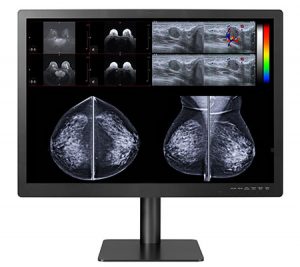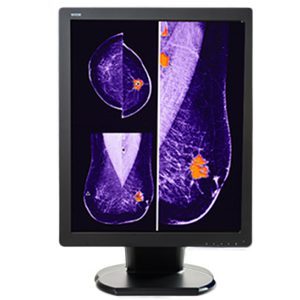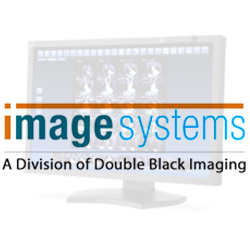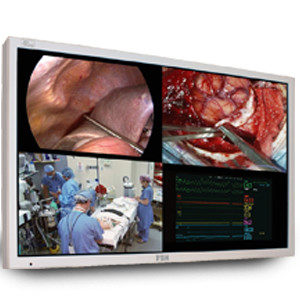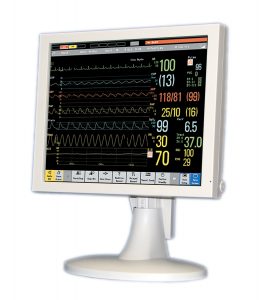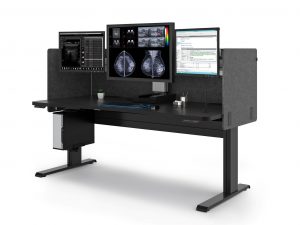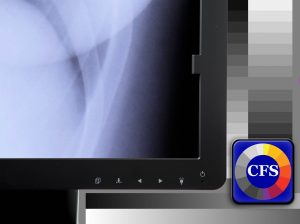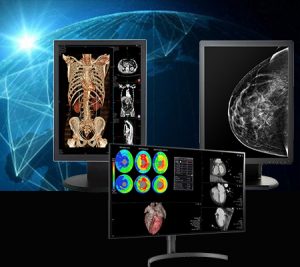Ensuring and Measuring the Value of Radiology Imaging

Showing radiology imaging value is easier said than done. That is because the term “value” has different meanings to the different stakeholders involved. Insurance providers and Medicare see value in diagnostic testing when patient results come back positive for a health condition, particularly if the condition is caught early and leads to reduced healthcare costs down the road.
For hospitals and clinics, measuring radiology imaging value includes the ability to obtain high-quality reliable images that reduce the amount of physician time required to make a diagnosis.
For a patient, the value in radiology imaging is in its ability to potentially save their life from a serious health threat, or to help identify a course of treatment so they can begin to feel better again.
So the question becomes which stakeholder’s definition of value is most important? And once this is determined, how can this “value” be measured?
The Complexities of Showing Value in Radiology Imaging
As Kruskal and Larson point out “The question is not whether radiology will survive, but rather what our role will be in the specialty and in the medical field going forward.” Because the term “value” is tied to healthcare costs for payers, radiologists face a number of potential changes to their profession that may not be of their choosing and which they may have little control over.
While technological advancements have resulted in improved capability to diagnose certain health conditions, as well as the ability to diagnose with improved accuracy, they have also driven up the cost of delivering these services. This has caused insurers and others to question the value some of these services offer.
With healthcare costs becoming an increasing financial burden for households and society as a whole, diagnostic imaging has become the scapegoat to blame for these ever escalating costs. In response to political pressure, payers are actively looking for ways to reduce these soaring expenses. Insurers see medical imaging as one area where they can significantly reduce healthcare costs going forward.
Different Types of Metrics
Due to the complex nature of radiology, several different types of metrics are used to monitor and measure performance. Some of the most common metrics in radiology include customer satisfaction, regulatory compliance, clinical productivity, academic productivity, and financial performance.
The key to selecting appropriate metrics that will actually measure what needs to be measured is in choosing indicators that closely align with an organization’s mission. When specific metrics are chosen keeping an organization’s mission in mind, improved service delivery and performance is more likely to be achieved.
- •
Process Metrics
Metrics that measure and provide an overview of the state of an organization’s processes or operations are known as process metrics. Some examples include:
- Report turnaround time
- Patient access time
- Percentage of calls answered within a specified time frame
- Percentage of biopsy results delivered to the primary care physician and the patient
- Percentage of undictated cases at a specific number of days
- Percentage of carotid imaging reports with distal internal carotid artery size as diameter
- •
Outcome Metrics
Outcome metrics measure the outcomes or clinical impact of an organization’s processes. Examples include measuring the percentage of:
- Complications
- Adequate biopsy tissue
- Falls incidents in the radiology department
- EVAR patients without major complications
- Examinations with contrast media reactions
- Patients with CVC insertion using sterile barrier technique
- •
Volume-Based Metrics
Radiology practices have historically used volume-based metrics to monitor their performance in patient care delivery in categories like efficiency, customer service, financial performance, and staff productivity. This includes:
- Staffing efficiency
- Report turnaround time
- Equipment use and downtime rates
- Patient access and wait times
- •
PPACA-Based Metrics
Since the Supreme Court decision to support passage of the Patient Protection and Affordable Care Act (PPACA), several new radiology metrics have been introduced.
For example, the federal government has introduced initiatives such as the Physician Quality Reporting System (PQRS) that encourages physicians to report quality measures that may result in financial penalties.
In an attempt to control the rising cost of insurance premiums, insurers have implemented programs and contracts aimed at improving accountability and patient outcomes while reducing service costs.
With the integration of hospitals and healthcare systems, radiology practices that contract with these systems are required to be accountable for some new performance metrics as well. These new metrics are found in categories such as subspecialty expertise, critical findings, turnaround time, use of voice recognition, peer review, and extended hours.
National radiology professional societies such as the American College of Radiology (ACR) and the American Board of Radiology (ABR) are also working to develop metrics that radiology groups and departments must meet to receive modality and site accreditation or the Maintenance of Certification.
- •
Value-Based Metrics
More recent value-based metrics measure health outcomes achieved for every dollar spent. This is done by categorizing outcomes at the patient level that are disease specific and based on an overall “episode of care”, regardless of how complex a health episode may be. An episode of care is measured from the onset of symptoms to cure or death of the patient.
How Radiologists Can Improve Value-Based Metrics
Radiologists can begin to make the shift towards showing radiology imaging value by implementing the following steps:
- 1. Commit to continuous learning. Colleagues and other facilities and practices can be a rich resource of information if they have found better ways to work more efficiently and cost-effectively. Be willing to reciprocate and share your knowledge with others.
- 2. Understand the needs of your referring physicians. Find out what they would like to see improve or change about how you work and then figure out ways to make this happen.
- 3. Communicate Effectively. Make a point of calling your referring physicians when needed to discuss a patient’s care. Ensure reports are free of errors and unclear interpretations and are produced in a timely manner according to national guidelines.
- 4. Focus on teamwork. Build trusting collegial relationships with referring physicians to help improve the patient’s’ healthcare experience.
- 5. Champion the physician role. Radiologists are important stakeholders in the value equation. Offer to join committees and hospital boards and respond positively to feedback.
- 6. Critically reflect on how to improve your practice. Be willing to explore new ideas and systems that improve patient outcomes and workflows while reducing costs.
- 7. Collaborate with your IT department to improve workflows. Look for ways to put the needed systems in place to make it easier and faster to produce, read, share, and save reports and communicate about patients.
- 8. Proactively look for ways to use resources more efficiently. Identify ways to reduce repeat imaging, inappropriate recommendations, and safety related incidents. Look for ways to increase turnaround time and reduce negative patient experiences and feedback. Also, look for ways to demonstrate how the consultative and coordination of services roles in radiology reduce costs through saved physician time “downstream” in a patient episode.
Showing and measuring radiology imaging value may not be easy. However, it is essential moving forward as insurers and hospitals increasingly use value-based metrics as performance indicators tied to healthcare reimbursement.
At Double Black Imaging, we are committed to providing innovative imaging and workflow solutions. Our goal is to help providers significantly improve diagnostic imaging quality and stability while improving efficiency and reducing healthcare costs. Contact us to discuss ways to improve these performance metrics in your practice today.
Source List:
https://www.sciencedirect.com/science/article/abs/pii/S1546144018314595
https://www.radiologytoday.net/archive/rt0518p16.shtml
https://www.radiologybusiness.com/topics/quality/survey-radiology-quality-metrics-practices
https://pubs.rsna.org/doi/full/10.1148/rg.2015140221#tbl4
https://www.medicaltranscriptionservicecompany.com/aligning-radiology-metrics-with-the-goals-of-value-based-care/
https://www.diagnosticimaging.com/view/how-value-based-care-affecting-radiology
https://insightsimaging.springeropen.com/articles/10.1186/s13244-020-00941-z
https://pubmed.ncbi.nlm.nih.gov/23025865/
